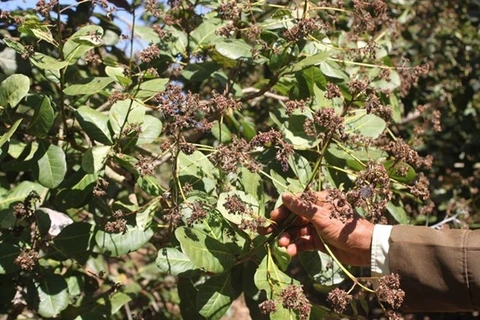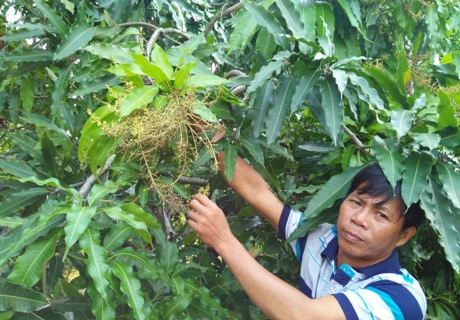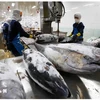Dong Nai (VNA) – The southern province of Dong Nai shipped goods worth nearly 1.8 billion USD to the US in the first five months of 2017, according to the provincial Department of Industry and Trade.
With the figure, the US is a main trade partner of the province, accounting for 30 percent of total export turnover.
Footwear topped the key hard currency earners in the market with over 500 million USD, followed by wooden and garment commodities (300 million USD).
Agricultural goods such as cashew nuts, coffee and peppers were also sold to the US.
Since the beginning of the year, transport machines and tools, iron and steel as well as handbags found way to enter the US, grossing over 200 million USD.
In the reviewed time, Dong Nai raked in 6.6 billion USD from exports.
It imported more than 6 billion USD worth of goods, including 1.2 billion USD from China and over 1 billion from the Republic of Korea.
The local Department of Industry and Trade said the province should look for new partners, boosting exports to developing countries to achieve trade balance and avoid relying on one market.
Businesses are suggested to limit imports and use domestically-produced goods instead to reduce production costs and enhance products’ competitiveness. -VNA
With the figure, the US is a main trade partner of the province, accounting for 30 percent of total export turnover.
Footwear topped the key hard currency earners in the market with over 500 million USD, followed by wooden and garment commodities (300 million USD).
Agricultural goods such as cashew nuts, coffee and peppers were also sold to the US.
Since the beginning of the year, transport machines and tools, iron and steel as well as handbags found way to enter the US, grossing over 200 million USD.
In the reviewed time, Dong Nai raked in 6.6 billion USD from exports.
It imported more than 6 billion USD worth of goods, including 1.2 billion USD from China and over 1 billion from the Republic of Korea.
The local Department of Industry and Trade said the province should look for new partners, boosting exports to developing countries to achieve trade balance and avoid relying on one market.
Businesses are suggested to limit imports and use domestically-produced goods instead to reduce production costs and enhance products’ competitiveness. -VNA
VNA
























